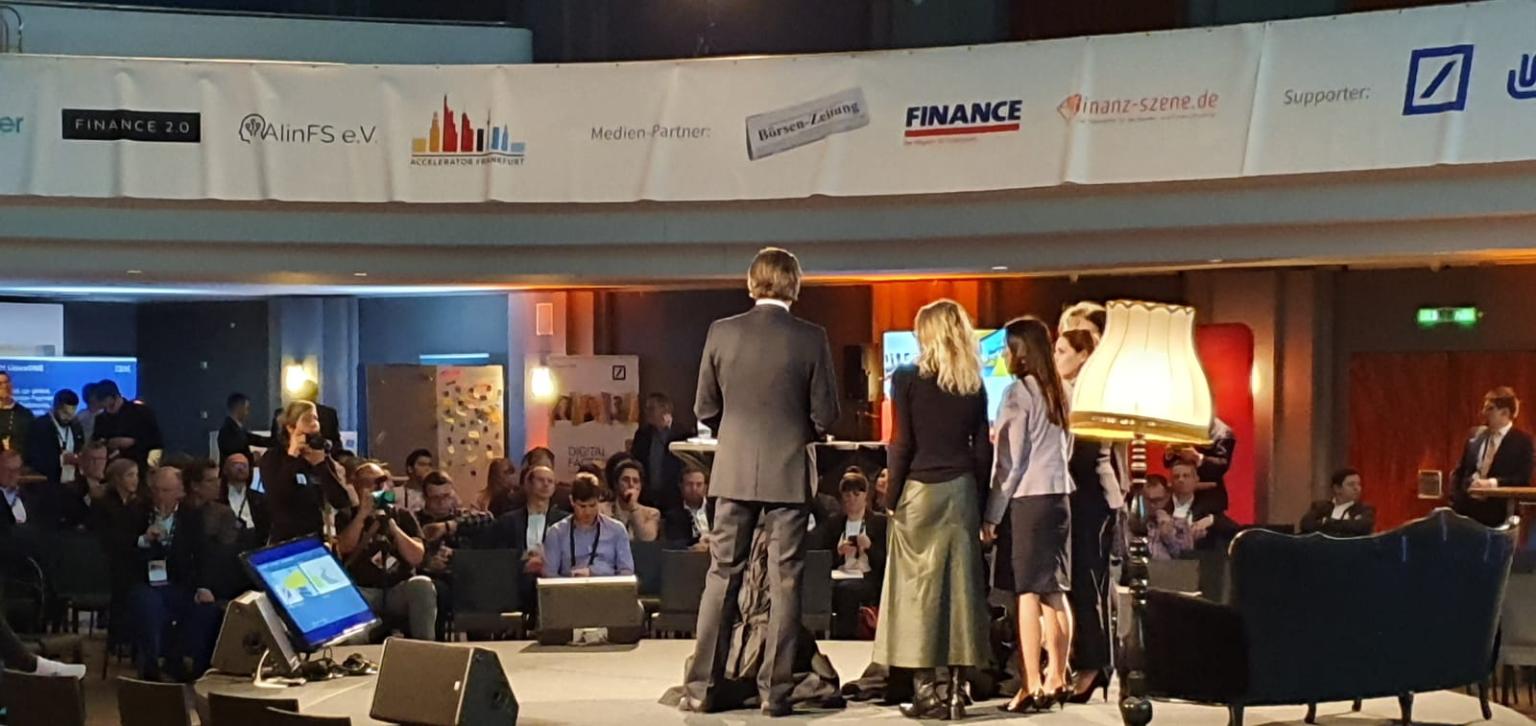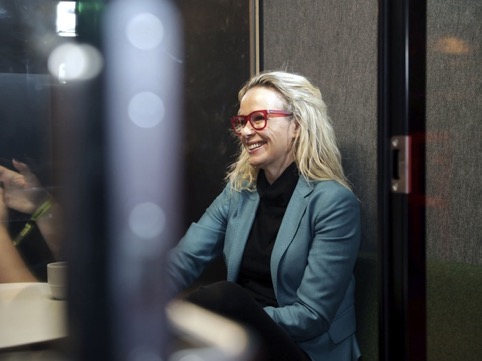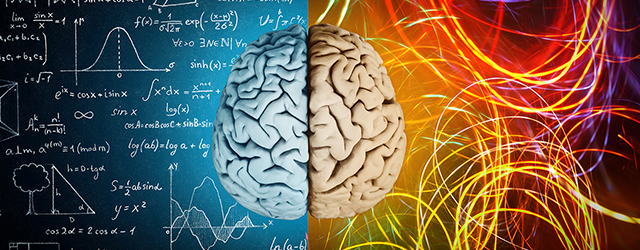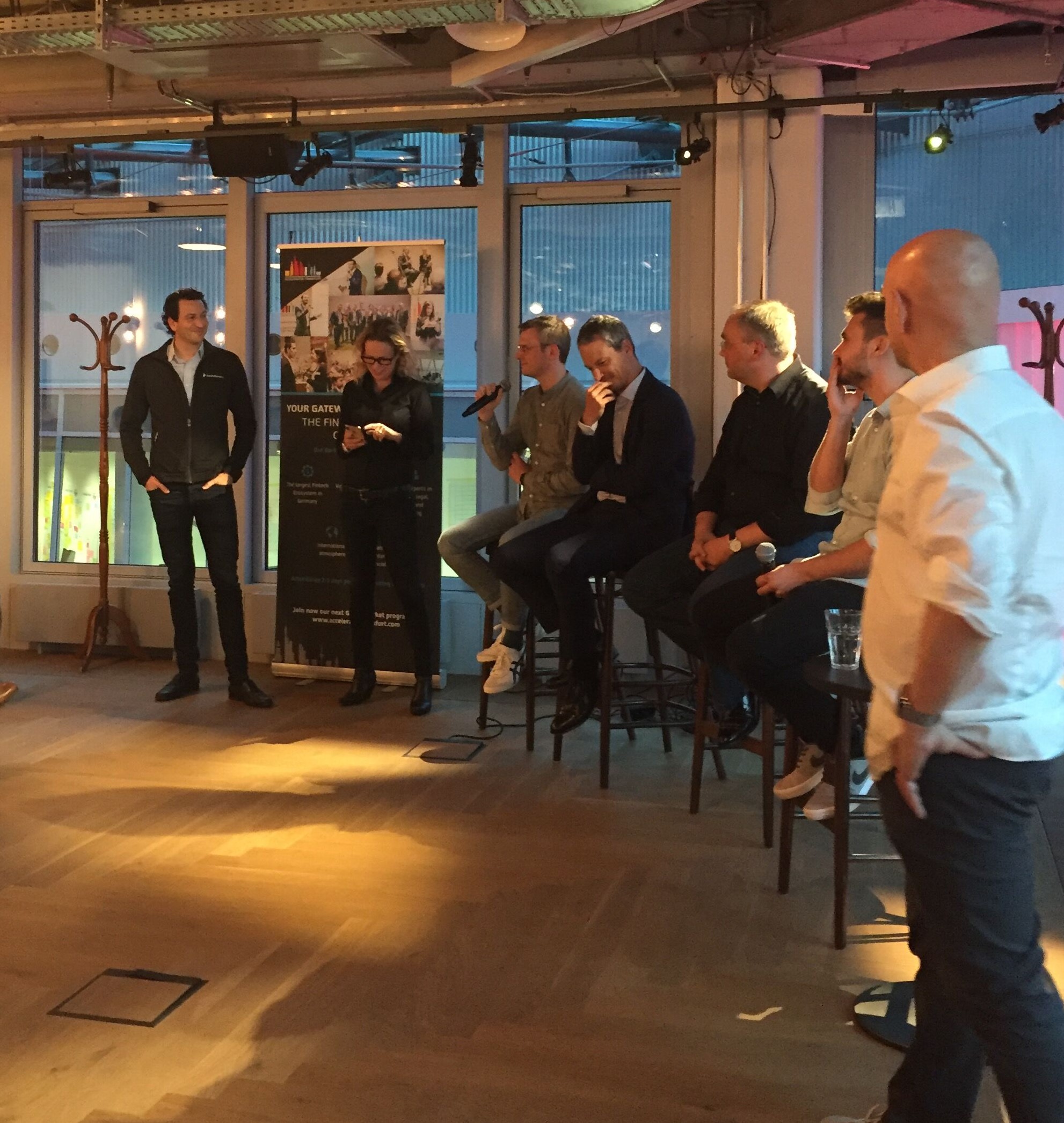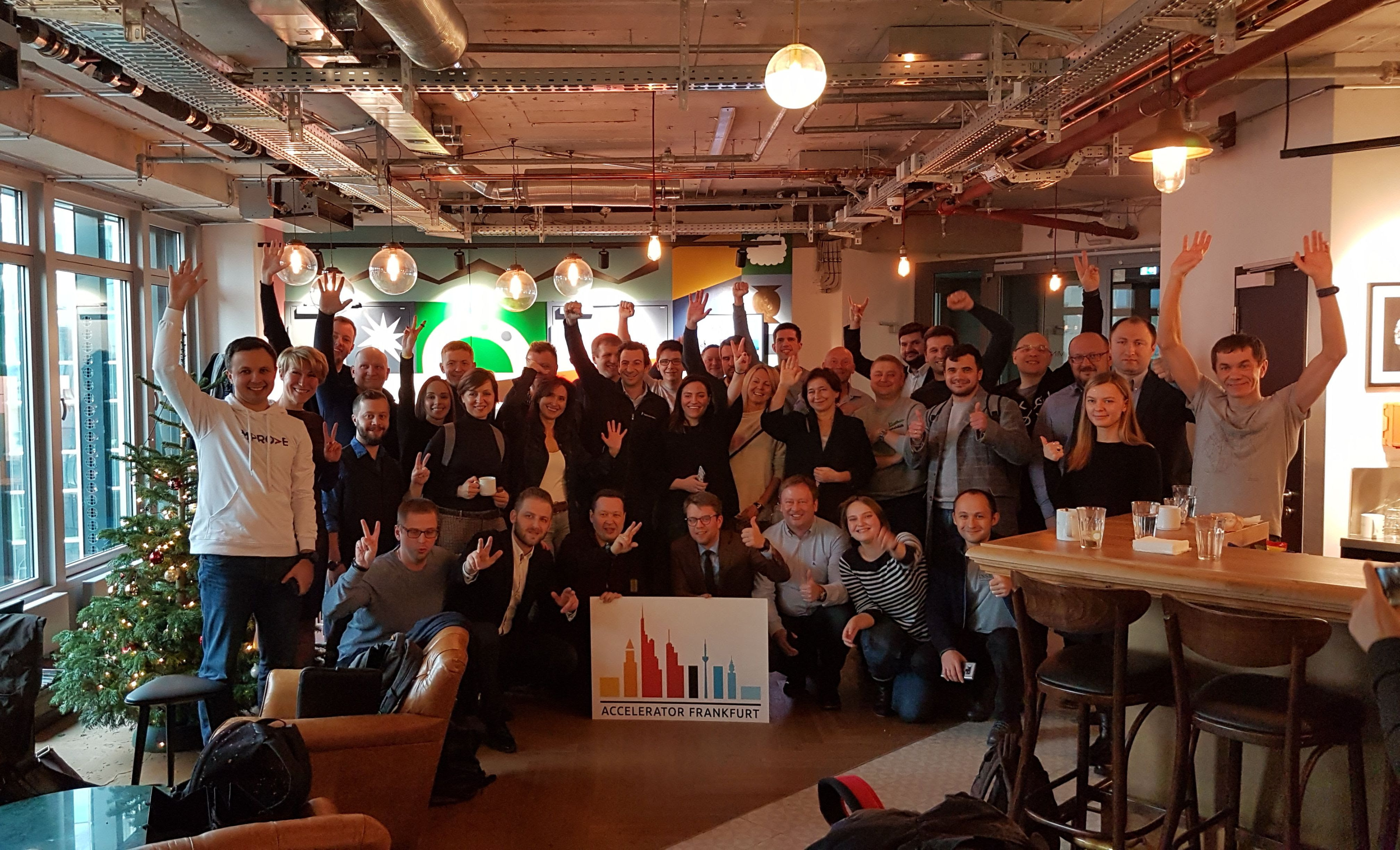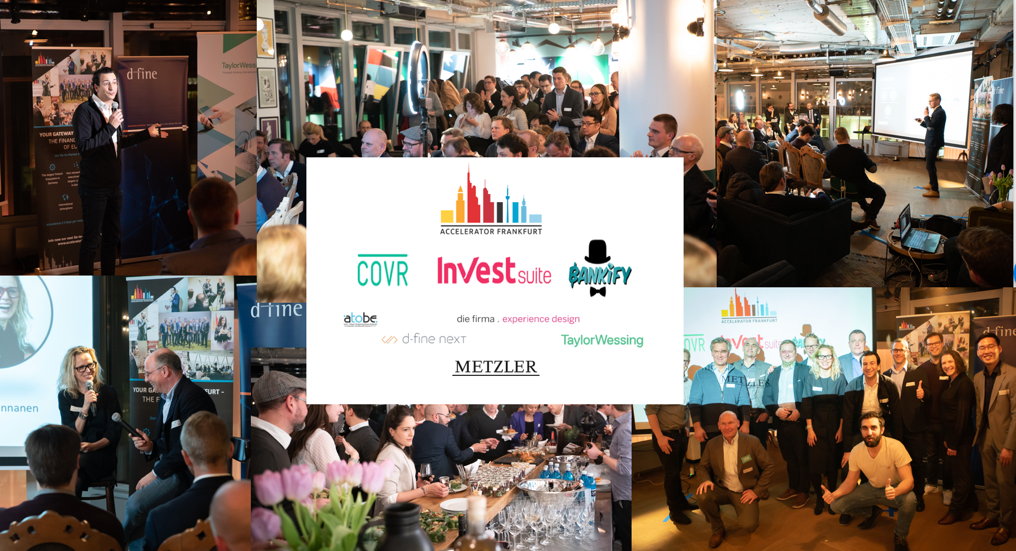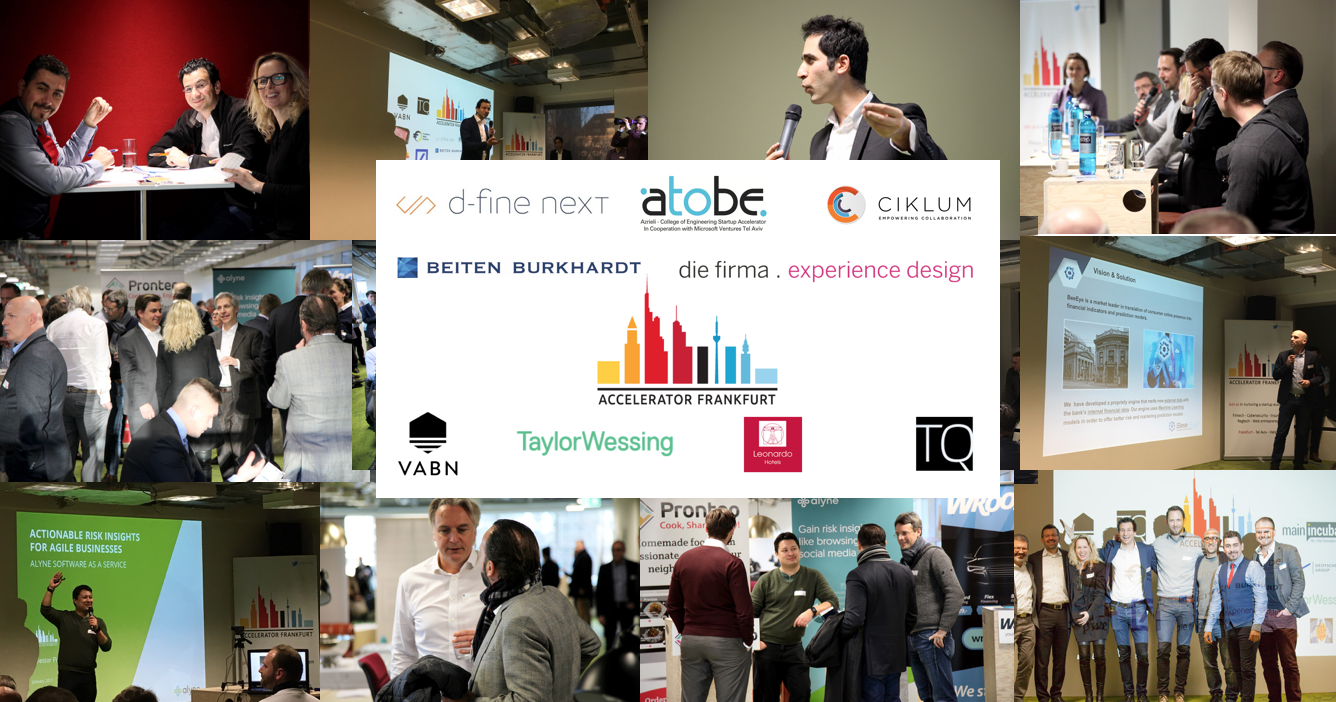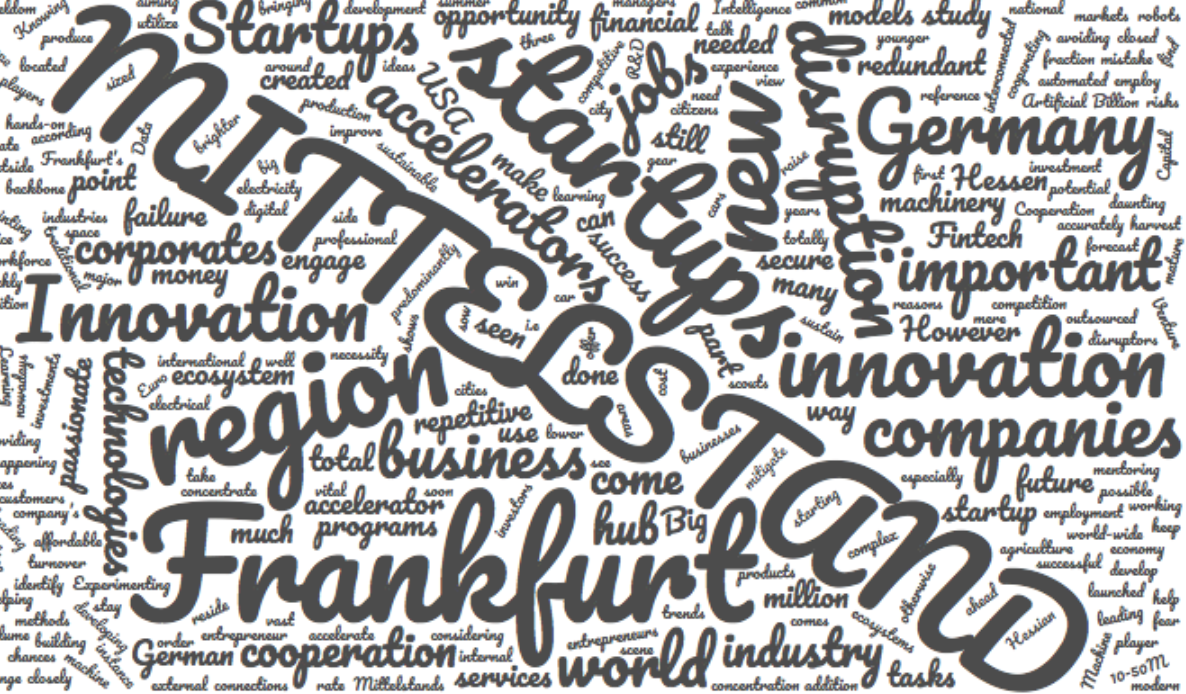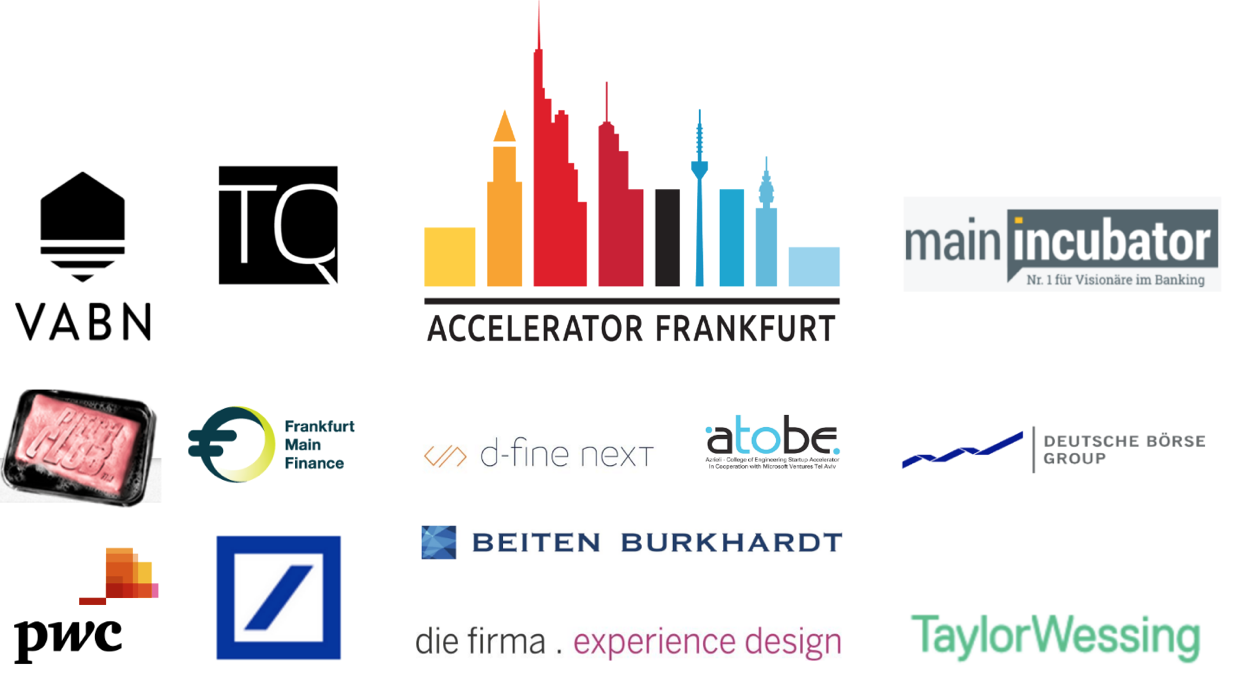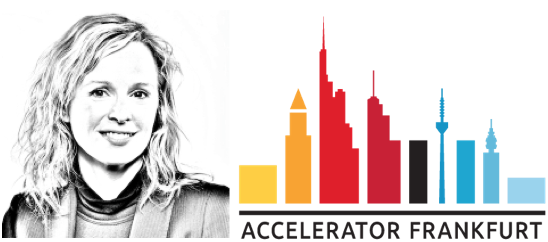The human helper vs. The super human
In the discussion around whether we are in a hype regarding AI or not, Magi Clave, Deputy Director of General Information Systems at ECB interviewed Nuria Oliver, a computer scientist and researcher. The start of AI was in 1950 when Alan Turing, a well-known English computer scientist, developed the test to measure a machine’s ability to exhibit intelligent behaviour. After several ups and downs, the last boom of AI started in 1993 and by 1997 the first computer was able to beat a human in chess. Nevertheless, the AI and computer intelligence as we know it today is still limited to one task or subject and can’t be compared to human intelligence. The uniqueness of our human brain and its ability for incremental and constant learning, puts us apart from machines. We are very efficient in comparison to machines. A child needs to see a cat only a few times to know it is a cat, but a machine using unsupervised machine learning needs hundreds of repetitions to learn the same. What is unique for us humans is our ability to adapt quickly and the ability to keep several hypotheses active at the same time until we have enough information to decide which is the right one.
AI – an aid or the terminator?
The level of AI used today is called “narrow AI” where machines beat humans on narrow fields of expertise such as chess. The next step is the “general AI” where machines compete with humans, although we are not there yet. The last stage “the super intelligence and singularity” is the vision of some that machines will take over the human race. There clearly potential threats even today, such as how is the information collected on us being used. It can be used by companies and governments to profile us. In the end, they know us better than we know ourselves. Even the seemingly anonymous data (videos, social media, sensors, pictures) can be personalised when different data sets are combined. In future, the one who dominates AI dominates the world. We need to educate people both of the opportunities and threats of AI.
From banking to fashion
The move from theory to practice was moderated by Ram Shoham, founder of Accelerator Frankfurt, the leading Fintech-focused accelerator in Frankfurt. Startups INNAAS, a Fintech, and The designerAI, a Fashiontech, are part of Accelerator Frankfurt’s portfolio companies and demonstrated how they have implemented AI to solve a real problem. The main point for success is to have access to good-quality input data, and prioritising engineering over data science. Every startup knows that resources cannot be wasted, therefore lean methods, quick execution, and abolishment of a method that does not work, increases the chances of success. AI is all about algorithms, but once understanding that they do not really matter, it is more important to just pick one that works and choose performance over perfection.
INNAAS data helper with AI
Easy access to structured information was demonstrated by Simone di Somma, the founder of INNAAS. He validated this by showing the usual pain points companies have dealing with big data sets. Dashboards are developed to showcase information that databases contain, but few people ever use them. The more user-friendly solution is to use NLP (natural language progressing) with SQL queries to help users quickly access the information they are looking for. Today, banks and other corporation with large data sets use their solution. For a mobile product, it is vital that it works over a large number of channels such as SMS, Slack, Alexa, etc. INNAAS enables a personal proactive feed of data with help of AI. Additionally, an autonomous training of the machine provides the user with a personal and intuitive interaction with the data. The ease of use is what determines if the users will adopt the product or service. This was clearly demonstrated with mobile and web applications during the presentation. A predictive software that learns from previous queries makes it very intuitive to use the product.
The designerAI digitalising Fashion
The fact that fashion is visual and very emotional, makes it difficult to systemise. A machine can see as well as a human, but it is unable to interpret what it sees. It can only identify the information it has been trained with. Co-founder of the designerAI, Maria Pennanen, presented the vision on how the Fashion industry can be digitalised with the help of computer vision. The challenges of computer vision in fashion is the complexity of the human body. The seasonal nature of the fashion industry creates immense amounts of data, making it impractical to manually describe large data sets of images. This is where AI is implemented to help make sense of it all. The aim is to bring added value to designers and retailers. Designers can do their design process steps more efficiently and get input on preferences of potential consumers. The retailer is able to better match their offering to the targeted client group. The designersAI’s vision is to create standardized data sets of images to enable fashion creation more efficiently without taking out creativity from the equation.
“It always seems impossible until it is done” – Nelson Mandela
There are many positive use cases of AI in the fields of autonomous driving, medication, research and personalised data feeds. However, it can also be used to manipulate behaviour, to keep us in an information bubble and in the worst case to produce destructive weapons. The only way to influence it is to be a part of it.
Special thanks to ECB for letting us take part of this event.


















